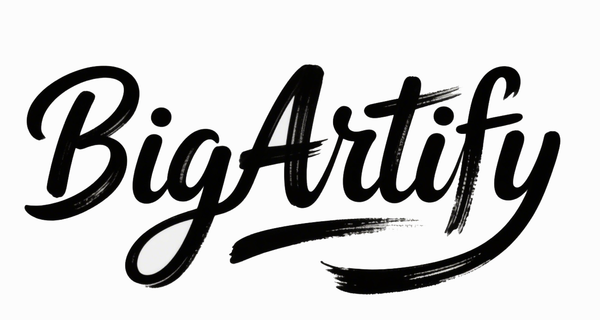The Symbolic Power of the Circle in Contemporary Art
The circle, as one of the oldest and most enduring symbols in human history, continues to hold profound significance in contemporary art. Its geometric perfection—a shape without beginning or end—makes it an evocative metaphor for concepts that transcend language, bridging the emotional, spiritual, and intellectual.

Unity and Wholeness: The Circle as a Universal Emblem
At its essence, the circle represents unity and wholeness. It encapsulates the idea of something complete and harmonious, reflecting a balance that resonates deeply in abstract compositions. Artists harness this quality to evoke a sense of inner peace or universal connectedness, concepts vital to personal and collective human experience.
For instance, British-Nigerian artist Yinka Shonibare MBE uses circular forms symbolically in his sculptural tableaux, where globes replace figures' heads, suggesting universality, hybridity, and global interconnectedness. His work challenges singular narratives by invoking the circle's inclusive and boundary-defying symbolism, addressing postcolonial identity and cultural hybridity Yinka Shonibare at the Smithsonian.
Infinite Cycles and Movement: Circles and the Flow of Life
Circles convey infinite cycles: birth, death, rebirth, and the perpetual rhythms of existence. Abstract artists often use spirals and concentric circles to represent energy, growth, and transformation, infusing their work with dynamic vitality. This sense of movement evokes nature’s cycles and human life’s ebb and flow, inviting contemplation on the interdependence of beginnings and endings.
In contemporary painting, these motifs appear in works that explore cultural memory and historical continuity, connecting individual and collective identities to an unbroken temporal cycle.
Boundaries, Inclusivity, and Cosmic Connection
While the circle can denote boundaries and protection, encapsulating and safeguarding what lies within, it also signifies inclusivity and embrace. Such duality makes it a powerful tool for artists expressing themes of community and social identity.
Beyond earthly concerns, circles evoke cosmic connections—celestial bodies, orbits, and planetary systems—underscoring humanity’s place in the broader universe. This cosmic symbolism opens a spiritual dimension, encouraging viewers to meditate on their relational existence in the cosmos.
Circles as a Design Element and Emotional Catalyst
The circle's perfect symmetry lends aesthetic balance, guiding viewers’ gaze and organizing compositions. Beyond form, circles stimulate unique emotional responses—comfort from their completeness or intrigue sparked by their endless nature.
Abstract artists value this openness, allowing the circle’s meaning to shift with context and viewer interpretation, making it a timeless motif adaptable to countless narratives.
The Circle in Contemporary Art Discourse
In addition to symbolism, the recurring circle motif engages with contemporary discussions on identity, globalization, and cultural hybridity. Artists like Yinka Shonibare use circular elements to disrupt traditional iconography, highlighting intercultural exchanges and postcolonial narratives. His globes, representing fluid, hybrid identities, encapsulate the circle’s emblematic inclusiveness and universality in the modern world Yinka Shonibare’s Art and Postcolonialism.
FAQ on the Symbolism of the Circle in Contemporary Art
Q: What are the main symbolic meanings of the circle in art?
A: The circle symbolizes unity, wholeness, infinite cycles, harmony, boundaries, inclusivity, and cosmic connection, among other themes.
Q: Why do abstract artists frequently use circles?
A: Circles provide visual balance, direct the viewer’s focus, and offer open-ended symbolism that can be personalized or culturally contextualized.
Q: How does Yinka Shonibare incorporate circular symbolism in his work?
A: Shonibare often uses globes replacing figures’ heads to symbolize universality, hybridity, and postcolonial multiculturalism, inviting viewers to reflect on identity in a globalized world.
Q: Can circle symbolism vary across cultures?
A: Yes, while circles commonly represent wholeness universally, specific cultural interpretations add layers of meaning related to spirituality, cosmology, or social identity.
Q: What emotional impact does the circle have on art viewers?
A: Circles can evoke comfort through their completeness, a sense of harmony, or provoke curiosity via their endless, cyclical nature.
This exploration of the circle’s symbolism reveals why it remains a vital and versatile motif in contemporary art. Artists harness its profound meanings to articulate complex cultural narratives, individual identity, and universal human experiences, continuing a rich tradition of visual symbolism across history.
